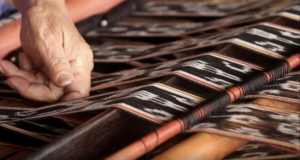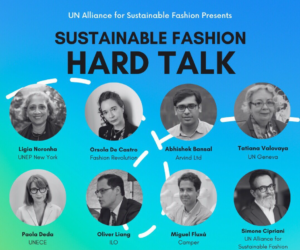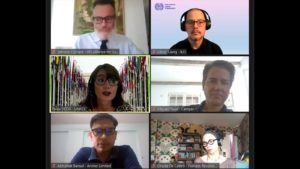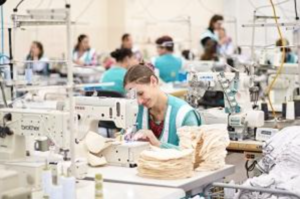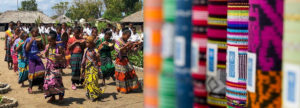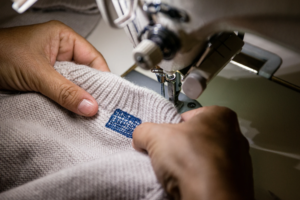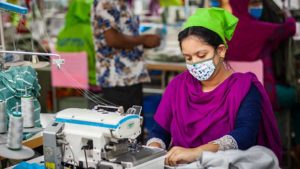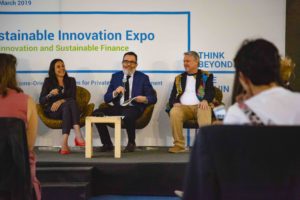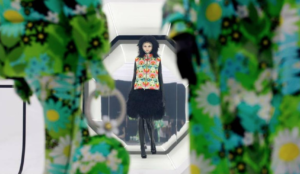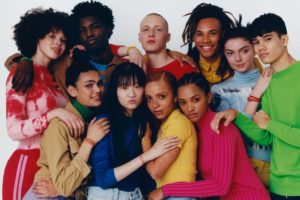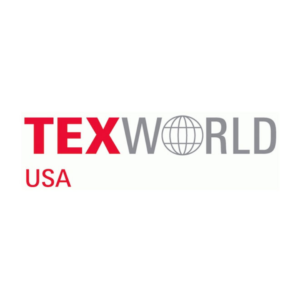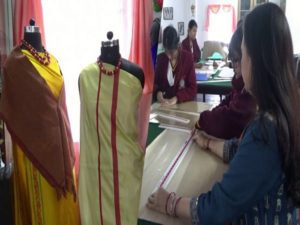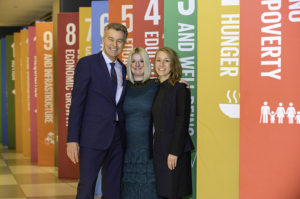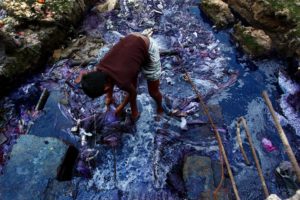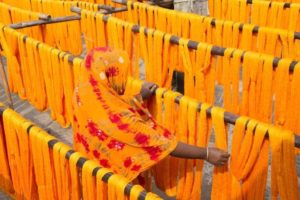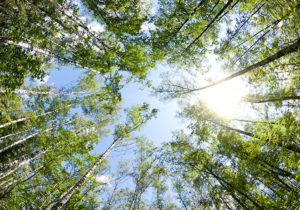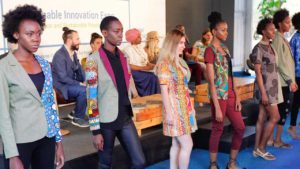
La Repubblica – Natural fibers and other solutions for the plastic-free wardrobe
The growth of the fashion industry has been ever increasing in recent years with sales and production doubling along with fashion seasons rising from two to about a hundred micro-seasons.
However this growth comes with a cost at a human and environmental level; textile workers living in underdeveloped areas facing unfair working conditions and the clothing having a high environmental price. Most of these fabrics are produced with synthetic materials which release millions of tons of microfibres into the oceans every year and ending up in landfills.
With the advancement of technology, many industries are researching into replacing synthetic materials with sustainable, renewable and biodegradable materials to help fashion reduce its impact.

